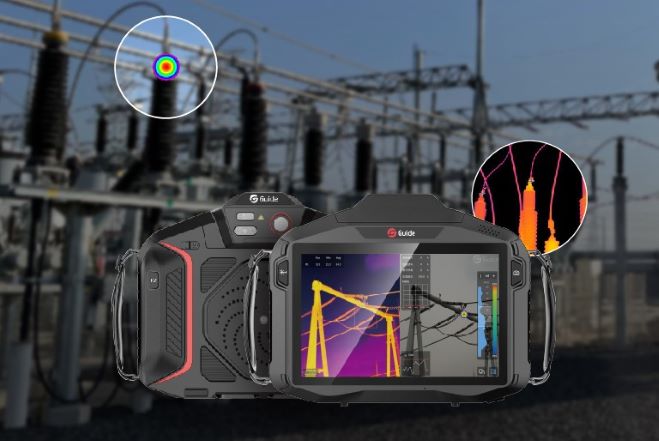In the last few years, thermal imaging cameras have evolved from a nice-to-have to a need-to-have in the firefighting equipment. The leading reason for their widespread acceptance is: lower unit cost. The lower cost of thermal imaging cameras enables more fire departments to invest in their first thermal imaging camera, upgrade older, larger, and heavier cameras, or complement their existing stock. No matter the reason, more and more firefighters have been capable of acquiring and using thermal imaging cameras on a daily basis. Firefighter thermal imaging camera detect infrared radiation and convert it into visible images based on temperature differences, revolutionizing the way fire-related operations are performed.
Early Fire Detection
One of the basic reasons for which firefighter thermal imaging cameras have proven to be a must-have piece of equipment is their ability to sense a fire at an early stage. In a big industrial plant or multi-story building, it gets difficult to sense the first signs of a fire, especially if it begins in concealed areas such as behind a wall or inside an electrical conduit. Fire thermal cameras can see through smoke, darkness, and even some materials that are not metallic in an effort to locate hot spots. In a huge warehouse full of combustible material, for example, a glowing ember in the back of the warehouse can begin to spread majorly in a matter of seconds. Firefighter or drone-mounted thermal imaging cameras can detect the initial temperature of a spark well before detecting visible fire or smoke. This early detection gives firefighters more time to respond, which can stop a small fire from turning into a big catastrophe. It enables firefighters to operate effectively day or night, or under low visibility conditions such as snow or fog.
Assisting rescue teams during firefighting missions
During rescue efforts within a burning building, vision tends to be mostly blinded by thick smoke. For thermal imaging camera for firefighting, they are not by vision here. The firefighters are able to look past the smoke and locate the victim by using thermal imaging cameras. The theory behind is that a human body radiates heat, and thermal imaging cameras are quite able to tell a person's heat apart from their surroundings. speeds up the rescue operation, but also increases the potential for saving additional lives. If thermal imaging cameras were not used by the firefighters, the firefighters and the victims would be forced to utilize slower and less efficient means such as literally searching the building amidst the smoke, to put more people at danger and slower tempo.
Assessing Fire Spread and Intensity
Firefighter thermal imaging cameras can also be utilized to assess extent and intensity of fire. By observing the pattern of temperature visible in the area influenced by the fire, fire fighters can determine where the fire burns with more vigor and guess the likely extent of spread. Helicopter thermal imaging cams could provide instant feedback in the combat against forest fires. Thermal pictures reflecting hot spots indicate the places of maximum strength in fire burn. Ground troops can utilize this data to enhance firefighting planning. They can also focus their efforts on the areas where the fire will likely spread to next, for example, dry patches of vegetation near the current fire line. Focused effort conserves resources and optimizes the effectiveness of firefighting operations, and reduces losses due to fire.
Industrial Safety and Fire Prevention
In industrial settings, firefighter thermal imaging cameras have the very important role of avoiding fires. They can be used to sweep high-risk areas such as electrical panels, machines with high-friction parts, and storage areas containing flammable liquids. For instance, at power generation facilities, thermal imaging cameras are utilized to scan the heat of power transformers regularly. Thermal imaging cameras can identify overheated transformers in advance, and maintenance personnel can then conduct preventive actions before a fire. Regular thermal scanning in factories can identify risks of impending fire hazards, i.e., motor overheat or line faults, and conduct predictive maintenance to eliminate the risk of fire. It saves the cost of the factory to a large extent.
In brief, fire thermal cameras have become a must-have tool for fire protection work and firefighting because they can conduct early fire detection, support rescue operations, detect fire spread and intensity, and avoid industrial fires. Guide Sensmart Company produces, sells, and develops all types of infrared thermal imaging camera and is looking forward to cooperating with you.













.svg)

(1).jpg)
.jpg)


